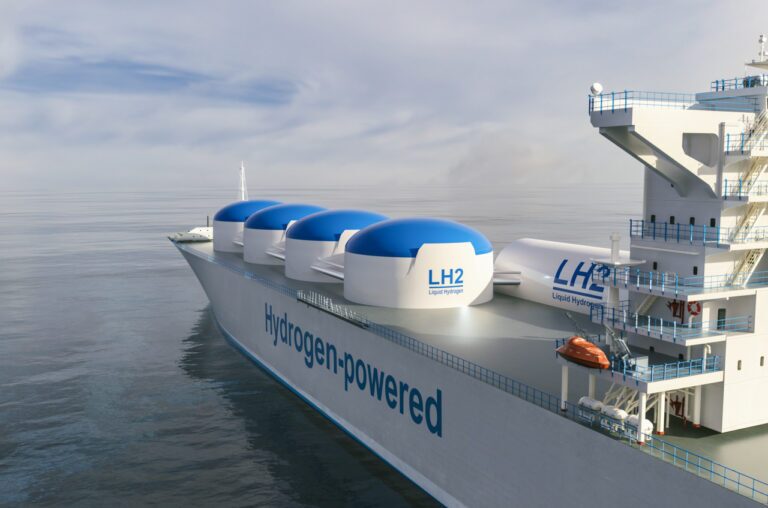This best practice guide focuses on continual improvement in methane management within the oil and gas industry. To achieve “methane excellence,” companies must set ambitious targets to reduce emissions, enhance measurement techniques, adopt mitigation strategies, and improve reporting practices. The guide highlights the need for senior and asset management commitment, ensuring that methane management becomes embedded in company culture, with clear expectations for all employees and contractors to adhere to relevant policies and practices.
Reducing methane emissions: Best practice guide – continual improvement
Methane Guiding Principles is a partnership of over 45 international organizations that are committed to reducing methane emissions from the natural gas supply chain.


OGCI and its member companies do not assume any responsibility for the accuracy or reliability of any information offered by third-party websites linked though this site. The views expressed in the external content do not necessarily reflect those of OGCI or its member companies. See our Terms of Use.
Region
Global
Published
2019
Resource Type
Best practices
Category
Methane abatement strategies
More info
Sub-Category
Operational guidance
Segment
N/A
Equipment
N/A
Related resources
This resource outlines the work and research conducted by EQT’s Production and Environmental teams to target low-cost opportunities for abating methane emissions from natural gas-driven
Ten-step roadmap for policymakers to implement methane policies for the oil and gas industry. Across these steps, the process of implementing a new regulation unfolds
MiQ has developed and launched the Gas Buyers Methane Emissions Calculator, a tool designed to help natural gas buyers assess the potential methane emissions reductions
Recently visited resources
The IEA’s gas flaring page reviews global flaring trends, environmental impacts, and reduction strategies. It discusses flaring’s role in greenhouse gas emissions and offers links
Brochure created by GasNaturally discussing methane emissions in Europe. It highlights the environmental impact of methane, O&G sources, and emission reduction strategies. The document also
This book highlights the business case for reducing gas flaring and methane emissions (FMR), offering a framework for policymakers to evaluate FMR project feasibility and











